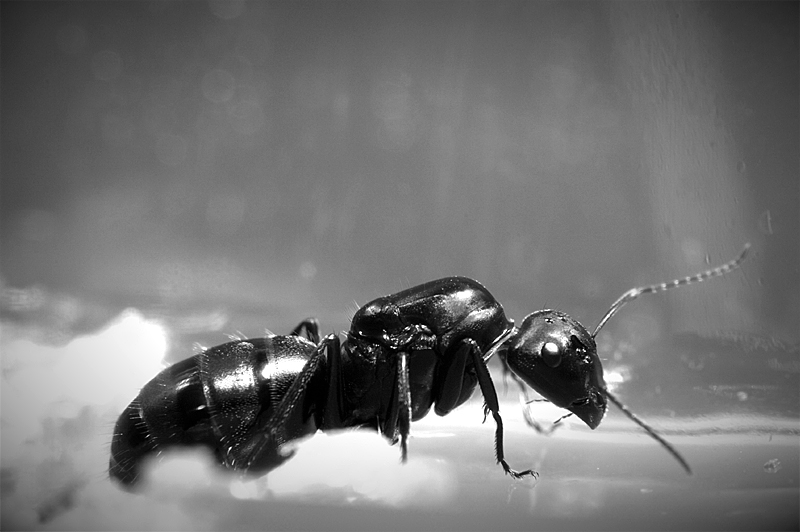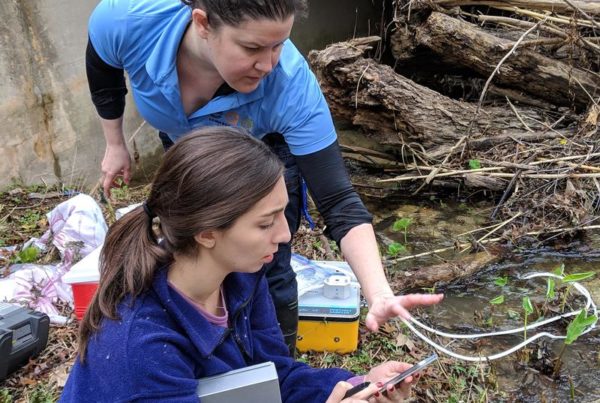Wizzie Brown, an insect specialist with the Texas A&M AgriLife Extension Service has the lowdown on insect exoskeletons. Unlike other critters, arthropods have their bones on the outside of their bodies. And they periodically shed their exoskeleton to make way for a new one.
On the pluses and minuses of having an exoskeleton:
While this helps them in a variety of ways because they can go into areas where other animals can’t go – because they have that tough outer covering – it also can hinder them, because if they want to grow larger, they have to go through a process called molting.
On how molting works:
They essentially have to lay down an entirely new exoskeleton underneath the old one, and they will shed the old exoskeleton, and the new one will harden. … Approximately 85 percent of arthropod deaths occur during the molting process because if one little thing goes wrong, you’re dead.
On what initiates molting:
The molting process is controlled by hormones in the body. So, once the hormones in the body signal to them that they’re ready to molt, they will either take in air or water, depending on if they live on water or on land, and they essentially puff up their body. They have a line on their body somewhere on them – that ecdysial cleavage line, and it’s a weakened structure … that can split open that exoskeleton so they can then emerge out.
On albino cockroaches:
They are actually cockroaches that have freshly molted. … So, they’re typically going to be lighter in color until that exoskeleton hardens and darkens.
Written by Shelly Brisbin.
















